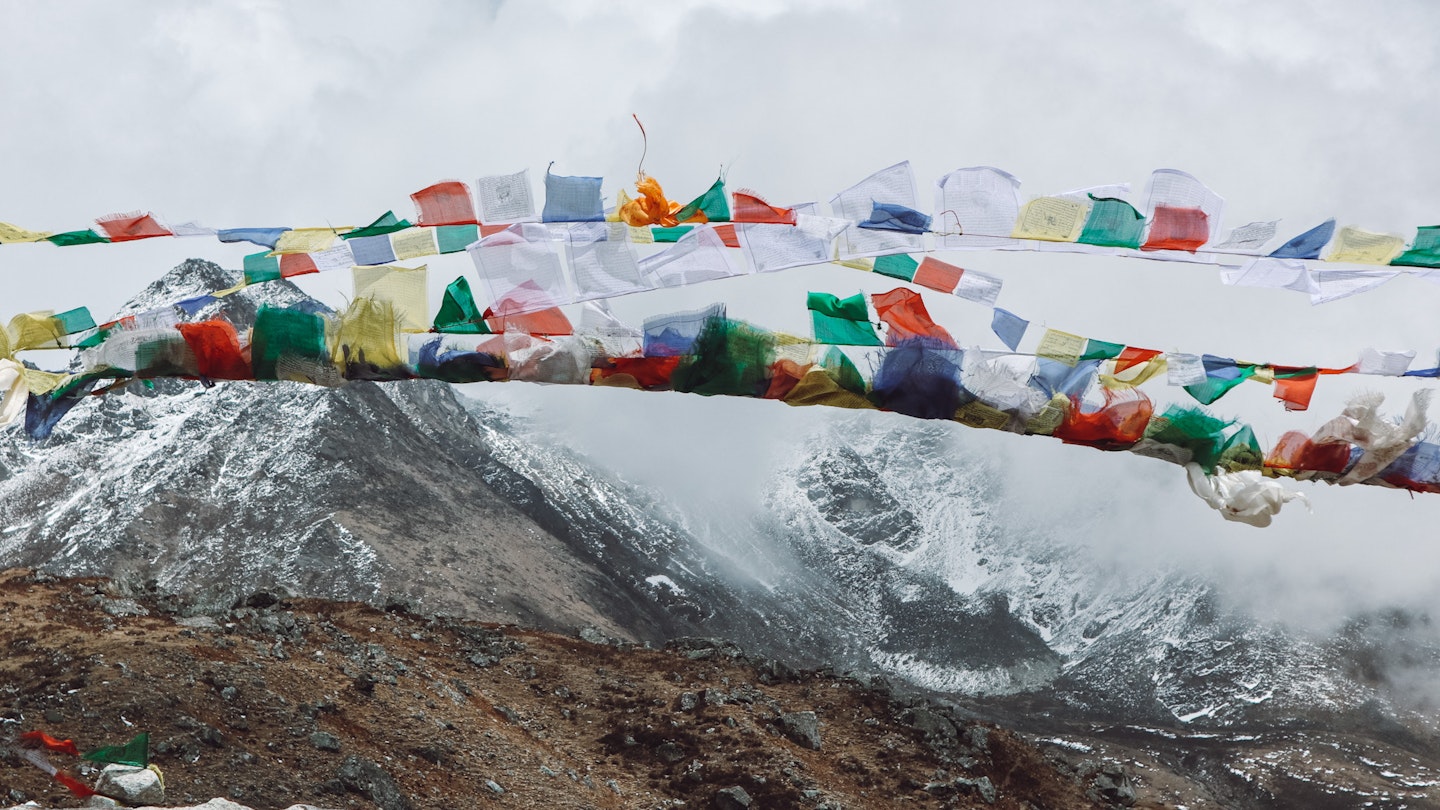Essential Etiquette for Trekking to Everest Base Camp with iBestTravel
Nepal is gearing up for another trekking season on its most famous routes. For many adventurous travelers, this means ticking Nepal’s Everest Base Camp trek off their bucket list.
The COVID-19 pandemic has meant the route was much quieter in 2020, although it reopened in November. Before that, it was becoming increasingly overwhelmed with trekkers, many of whom could use a lesson in simple etiquette. It remains to be seen how fast tourism will rebound in 2021, but no matter how many people are on the trail, there are ways to make it easier for everyone.
Editor’s note: travel restrictions may be in place due to COVID-19. Always check ahead before planning a trip and follow government health advice.

You meet all kinds of people when you travel, but there’s something about the Himalayan trail that can really bring out the jerk in some travelers. Many can learn from the experiences of those who trekked before, especially when it comes to respectful behavior.
There are simple ways to be considerate on the way to Everest Base Camp, which can promote a positive environment not only for yourself but for locals and fellow trekkers as well. As the popularity of the Everest Base Camp trek grows, being mindful of etiquette is more important than ever.

Don’t Complain About Conditions
The Everest Base Camp trek is a multi-day hike into a remote region of the Himalayas. Thus, one should not expect 5-star luxury treatment. While some conditions may be uncomfortable, it’s important not to vocalize complaints. Such comments can be taken as personal offense by locals who work hard to make trekkers feel comfortable.
Your experiences and discomforts are often reflections of personal privilege, and it’s crucial to recognize that others make incredible efforts to ensure a pleasant journey for you.

Do Use the Toilet
When traversing the Everest Base Camp trail, it is essential to utilize available toilet facilities. Refraining from using them may seem easier, but it poses environmental risks, impacting the drinking water quality for local communities as well as fellow trekkers. The increase in human waste due to higher visitor numbers can significantly affect public health.
Public facilities can often be found along the trail—at teahouses, restaurants, and shops. However, if nature calls and facilities are not available, ensure to pack out any waste responsibly and dig a cathole.

Do Be Adaptable
While trekking to Everest Base Camp, nature often dictates the pace, and travelers encounter cultural differences along the way. Understanding that organizational standards might differ from what you’re accustomed to is vital. Always remain adaptable to the local culture, and respond flexibly to challenges.
Many travelers have encountered situations where they may feel frustrated. However, the key is to maintain a mindset that embraces local customs and practices, reinforcing a positive experience for both trekkers and local inhabitants.

Don’t Rush
It is important to consider that trekking to Everest Base Camp is a remarkable physical endeavor. However, it shouldn’t be treated as a race. Trekkers should adopt a marathon mentality rather than rushing, as this can lead to dangerous situations when trails congest with people.
Remember that the base camp isn’t going anywhere; take the time to enjoy the journey, and be conscious of safety for yourself and fellow trekkers. Slowing down helps to avoid injuries and facilitates a more enjoyable experience for everyone.
Do Learn the Native Names
An effort to learn the native names and history of Everest and its neighboring peaks reflects respect for the local culture. The name “Everest” was given only in 1865 by a British surveyor, in honor of Sir George Everest. To the Sherpa people, it has long been known as “Chongolungma,” translating to “Goddess Mother of the World.”
Being a responsible trekker in Nepal includes understanding and appreciating the rich cultural heritage, and fostering a respectful environment during your travels.
This article contains important insights for trekkers to follow when exploring the breathtaking Everest Base Camp, ensuring a positive experience for you and others around you.




